ALBINISM AND ENTERTAINMENT ; STEREOTYPES, STRIDES AND HOPES
The entertainment industry has since time immemorial been a reflection of our society, depicting reality and influencing perceptions and stereotypes that persist in our daily lives. In recent years, there has been a significant shift towards promoting diversity and inclusivity in the entertainment space. Black people for example now have a seat at the entertainment table after a long struggle. The seat has just been drawn out for the albinism community with the Netflix movie, "Can You See Us," which has made its debut as the first Zambian film on the streaming platform.
The film delves into the plight of growing up with albinism in Zambia. For many viewers, "Can You See Us" represents their first exposure to a narrative centered around a person with albinism (PWA), who happens to be the main character, devoid of the ’evil albino’ stereotype. This achievement is nothing short of revolutionary, offering hope and inspiration to People With Albinism (PWAs). However, this accomplishment has been a long time coming, as the history of albinism in cinema is marred by the prevalence of detrimental stereotypes.

The Dark Legacy of Albinism in Film
For far too long, movies, series and other forms of media have perpetuated false and dangerous stereotypes about people with albinism. A significant recurring theme has been the “evil albino” plot, where individuals with albinism are portrayed as sinister, dangerous, and malevolent characters. In fact, the National Organization for Albinism and Hypopigmentation (NOAH) reported a shocking statistic - between 1960 and 2006, there were a total of sixty-eight films featuring an "evil albino" character. This stereotype has persisted in various genres- from action to thrillers, mystery to drama.
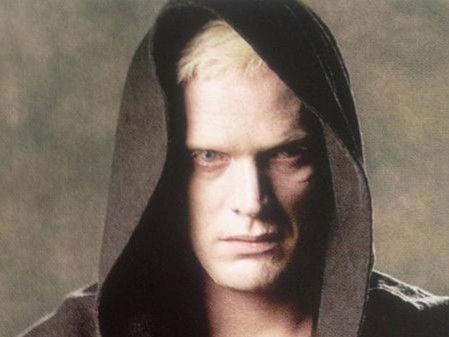
Silas, a character as depicted in the movie " The Da Vinci Code"
Notable movies such as "The Da Vinci Code" and "The Matrix Reloaded" reinforced these stereotypes, featuring characters with pale skin and white hair, who were frequently interpreted as persons with albinism, despite studio declarations to the contrary. The portrayal of these characters as sociopathic, ruthless, or criminal further fueled the negative connotations around albinism. Such depictions were and still are alarming, as they contribute to social bias, exclusion and discrimination against individuals with albinism, and further perpetuate harmful myths and misconceptions.
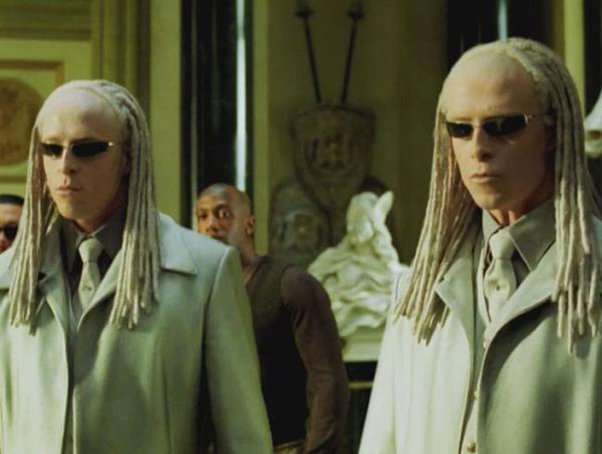
The Twins, characters, as depicted in the movie " The Matrix Reloaded"
A Glimpse of Positivity in Albinism Depictions
Despite the prevalence of negative stereotypes, there have been instances of positivity in the portrayal of characters seemingly with albinism in popular culture. The most recent noteworthy example is 'The Witcher' series. The main character in this series, who possesses features attributed to albinism, though not explicitly stated as having albinism, challenges traditional portrayals by depicting a complex and heroic figure, a refreshing departure from the typical villainous archetype.
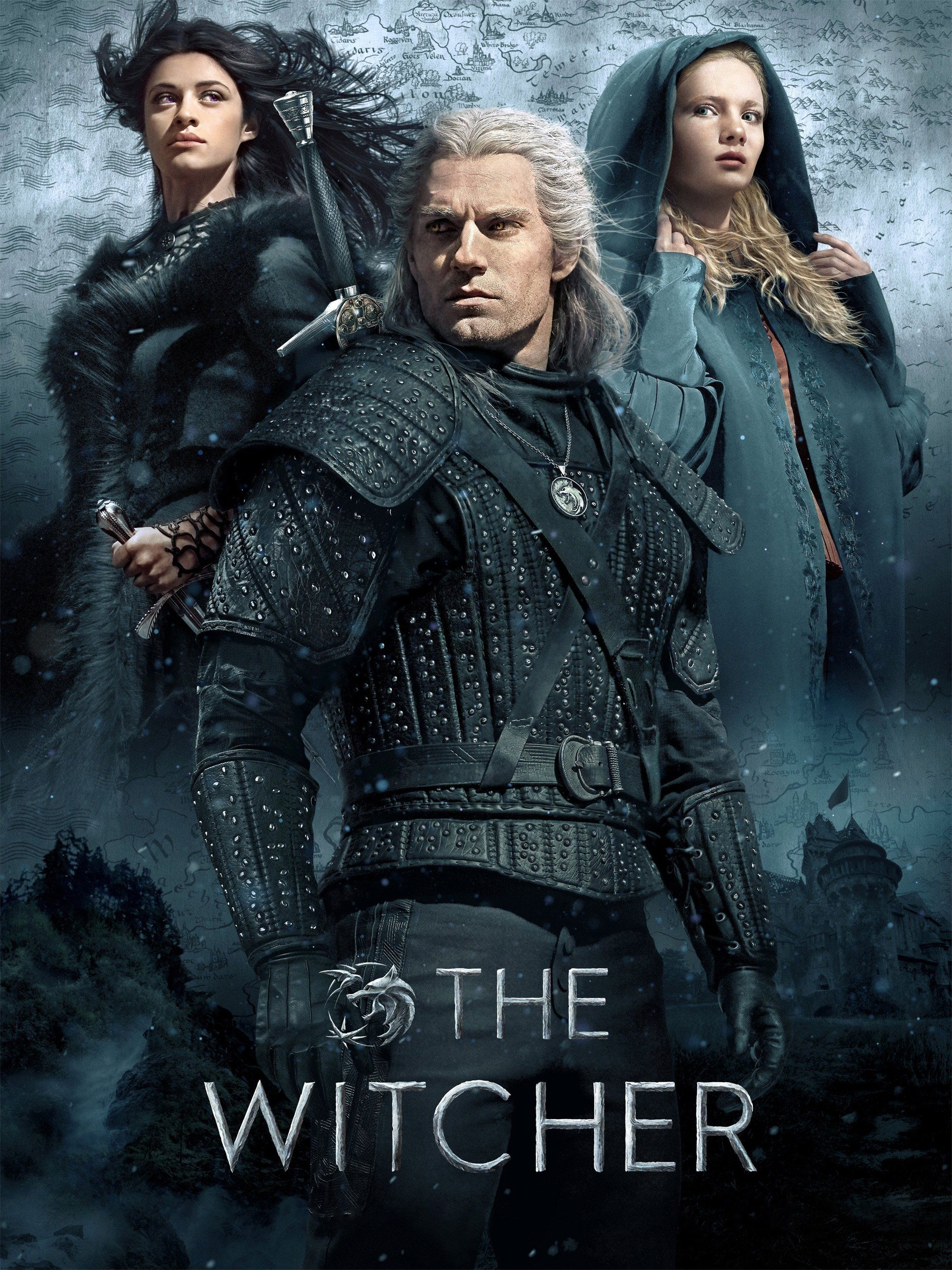
Ancient movies like "Powder" also attempted to provide alternative perspectives on characters with albinism. Powder for example explored themes of acceptance, identity, compassion and courage of the main character, offering a more nuanced portrayal of PWAs. However, such instances remain relatively rare, necessitating the need for more diversity and inclusivity of actual persons with albinism in the entertainment industry.
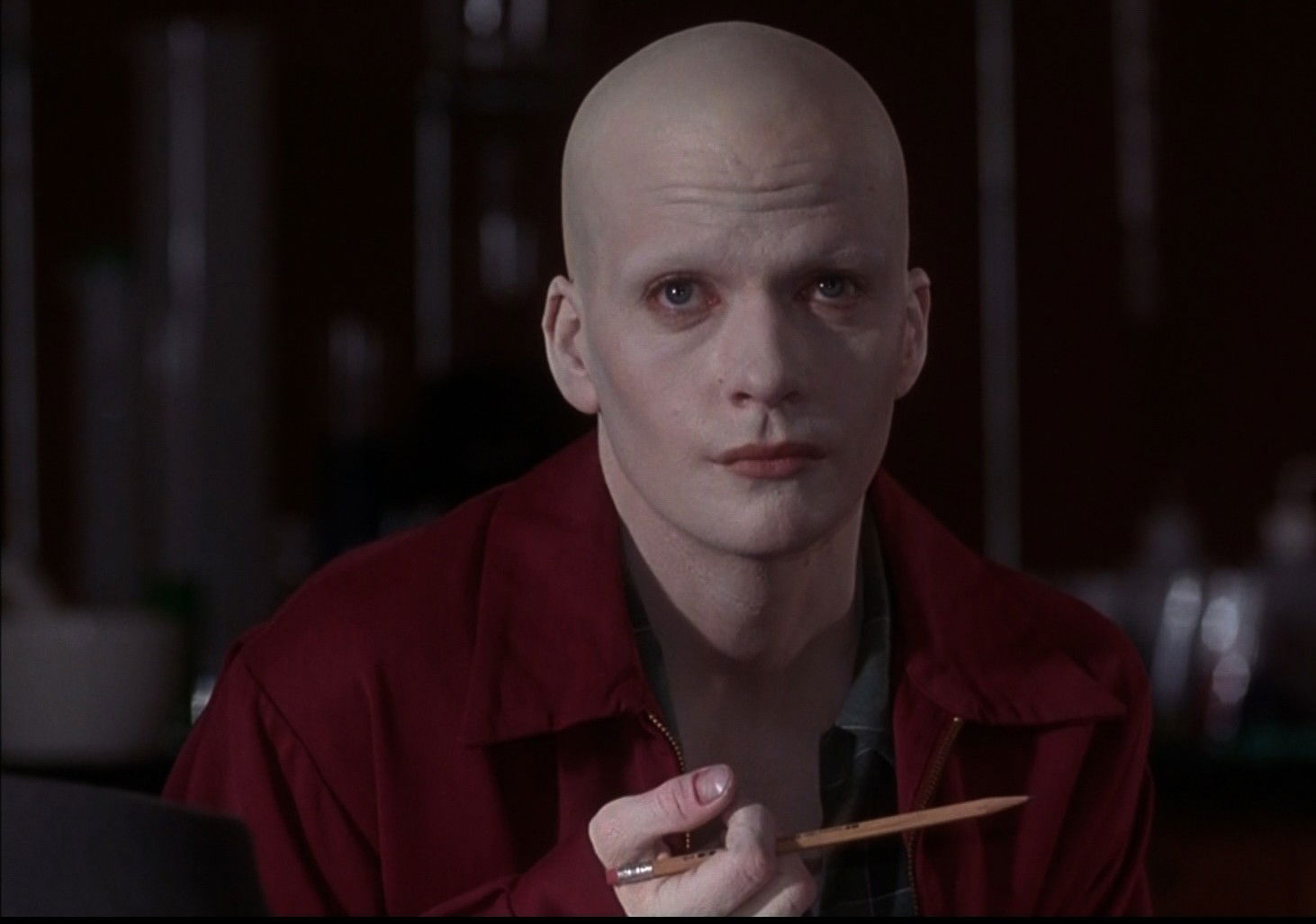
Main character, as depicted in the movie "Powder"
African Perspectives: Beyond Zambia
In regard to Albinism, Africa is best known for its barbaric, stereotypic and uncultured manner of co-existing with persons with albinism. In most African countries, albinism is associated with bad omen thus the discrimination and exclusion of PWAs. Take Tanzania for instance, which is best known for segregating and exploiting PWAs in unthinkable ways. In Tanzania, PWAs are targeted by criminal networks such as witch doctors, kidnappers and traffickers who either kidnap or traffic them only to kill them and dismember their body parts for rituals, as they believe their body parts possess supernatural powers. Even worse, their graves are sometimes exhumed and their body organs harvested.
The film "Can You See Us" perfectly paints the picture of the treatment of PWAs in the African continent. It highlights the plight of a young boy maneuvering home and school with albinism. It stands out as a beacon of change, hope and a breath of fresh air. However, it is not the sole representation of albinism content in African cinema. Several African documentaries have provided a platform for educating audiences and challenging stereotypes. They shed light on the challenges faced by PWAs on the continent. The documentaries include "In My Genes" (Kenya, 2009), "White and Black: Crimes of Color" (Canada/Tanzania, 2010), "In the Shadow of the Sun" (Tanzania, 2013), and "Black Man White Skin" (2015) all of which offer unique perspectives on albinism, dispelling myths and fostering comprehension of living with albinism.
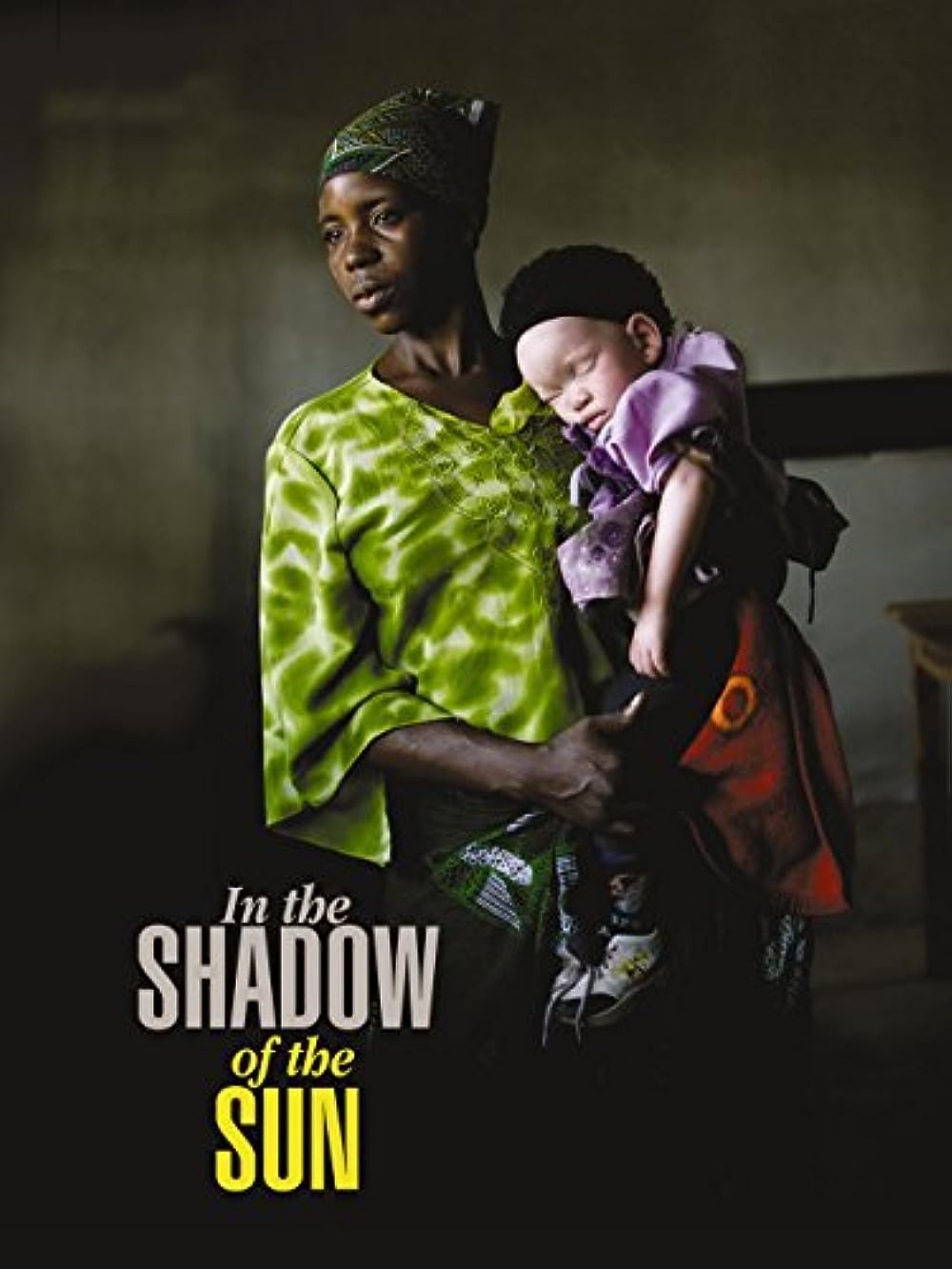
The Road Ahead: More Inclusivity, More Representation
While notable progress has been made, it is just a jumpstart, there is still so much work to be done. The entertainment industry must strive for more inclusivity by providing more opportunities for PWAs actors to showcase their talents. Additionally, it is crucial to move beyond the redundant plot of the "plight of PWAs" and tell diverse stories that reflect the full range of human experiences of PWAs. We need to see individuals with albinism in more diverse roles and stories. PWAs should be part of the fabric of normal movies and series, reflecting their presence in society accurately.
Only through such inclusivity can we promote understanding, empathy, and equality. Normalizing the presence of PWAs in films, series, and TV shows is a powerful way to promote inclusivity, representation, and equality.